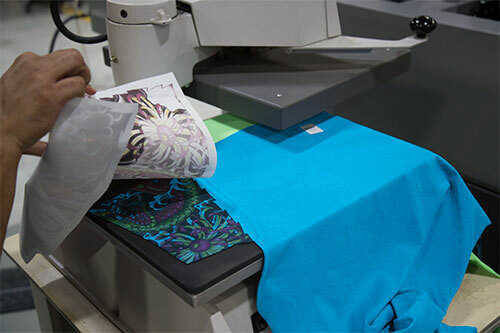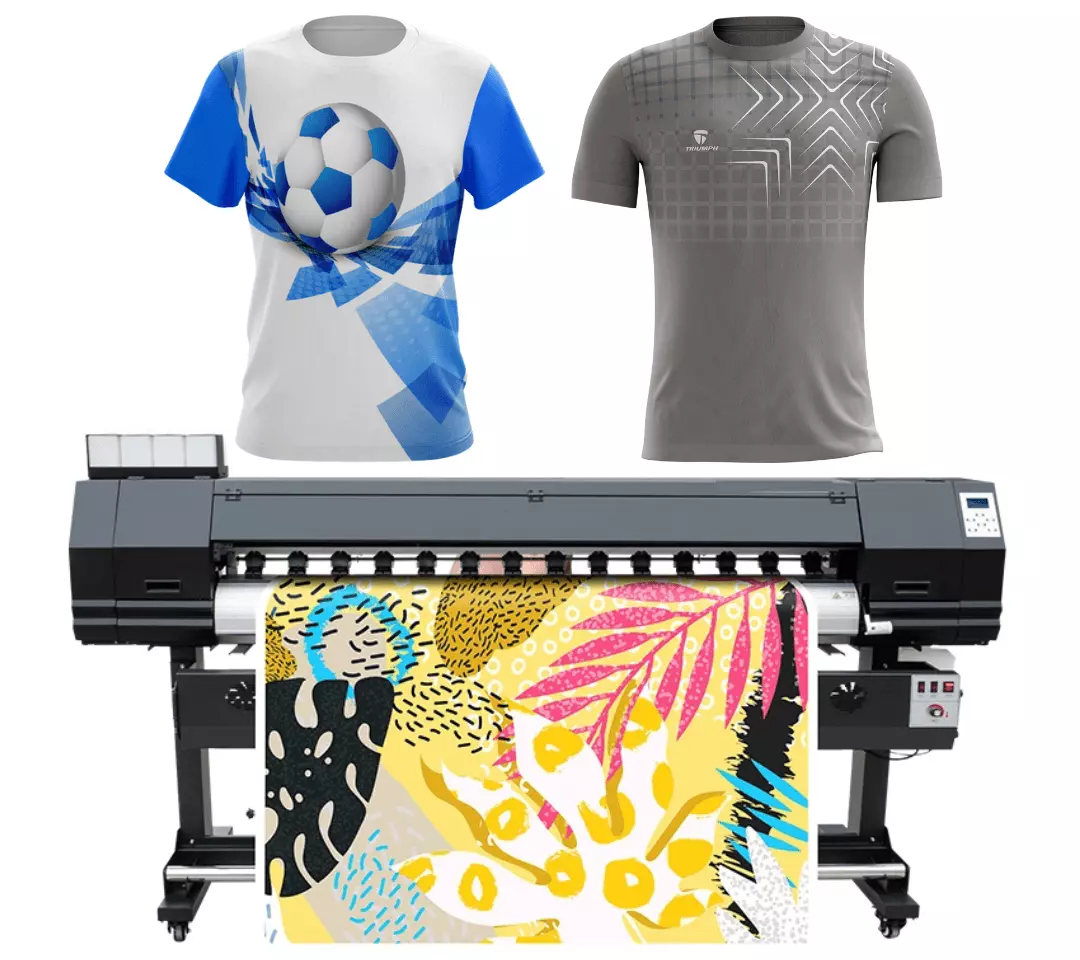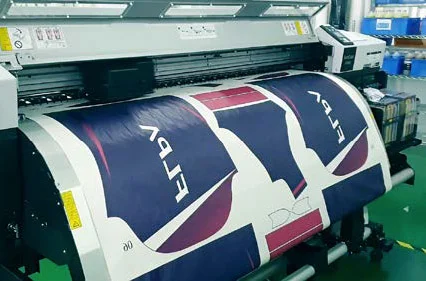How Screen Printing Transforms the Branded Clothing Sector
How Screen Printing Transforms the Branded Clothing Sector
Blog Article
Advancements in DTF Printing: How It's Revolutionizing the Market
The textile printing sector is going through a significant change, driven by the innovative developments in Direct-to-Film (DTF) modern technology. With premium ink formulations, boosted film and sticky technologies, and the combination of automation, DTF printing supplies vibrant, resilient prints on a selection of fabrics, satisfying the increasing need for modification.
Advancements in DTF Innovation
Advancing rapidly, DTF (Direct-to-Film) printing modern technology has undergone substantial improvements that are transforming the fabric sector. Modern DTF printers utilize sophisticated ink formulations that result in dynamic, long lasting prints with high resolution and shade precision.

In addition, advancements in film and sticky innovations have enhanced the general application procedure. New films offer far better flexibility and adhesion, improving the longevity and washability of the published designs - DTF printing. This guarantees that the prints preserve their integrity and vibrancy also after numerous cleans
Last but not least, ecological factors to consider have motivated the development of environment-friendly DTF options. Makers are significantly taking on lasting techniques, such as making use of water-based inks and recyclable movies, lining up with international initiatives to lower the sector's ecological impact.
Benefits Over Traditional Approaches
When contrasting DTF printing to standard methods such as screen printing and direct-to-garment (DTG) printing, a number of distinct advantages emerge. Branded clothing. One of one of the most substantial advantages is its flexibility in material compatibility. Unlike display printing, which often needs particular fabric types, DTF printing can be related to a more comprehensive series of materials, consisting of cotton, polyester, and blends, without endangering print high quality
An additional notable advantage is cost-effectiveness, particularly for little to medium-sized orders. Traditional screen printing becomes financially feasible only at higher quantities as a result of the setup prices entailed. On the other hand, DTF printing gets rid of these configuration expenses, making it much more affordable for smaller sized sets and one-off layouts.
Additionally, DTF printing excels in toughness and washability. The prints generated are robust and preserve their integrity via several clean cycles, outmatching DTG prints that may break or discolor gradually. Additionally, DTF printing supplies faster turnaround times. Without the requirement for extensive configuration, layouts can be printed and transferred in a portion of the time needed for display printing.

Improved Design Capabilities
DTF printing offers boosted style abilities that set it apart from traditional printing methods. This development permits for a broader range of vivid colors, complex details, and nuanced slopes, supplying developers with unmatched flexibility. The procedure entails printing a layout onto an unique movie, which is after that moved to material. This permits for high-resolution website link prints that keep clarity and sharpness, also on facility patterns and little text.
Furthermore, DTF printing sustains a large selection of fabrics, including cotton, polyester, blends, and even non-textile substrates. This adaptability opens up doors for imaginative applications in diverse industries such as style, home style, and promotional products. Unlike screen printing, which can be restricting because of color separation and pattern creation, DTF printing simplifies the procedure, making photo-realistic and multi-color designs much more easily accessible.
Furthermore, DTF printing excels in attaining constant color accuracy and vibrancy. In significance, DTF printing encourages developers to press the boundaries of imagination, providing visually spectacular outcomes that were formerly unattainable.
Expense and Time Effectiveness
Among the noteworthy benefits of DTF printing lies in its expense and time efficiency, making it a preferred choice for many organizations. By removing the need for screen setups and comprehensive pre-production processes, DTF printing significantly minimizes initial prices. Unlike standard methods that need substantial investment in screens and configuration times, DTF printing permits for direct application onto various materials with minimal prep work. This decrease in configuration time equates right into faster production cycles, allowing businesses to fulfill orders more swiftly.
Moreover, DTF printing masters producing brief runs and personalized orders cost-effectively. The ability to produce high-quality prints without the need for large quantity commitments minimizes waste and enhances resource allotment. This flexibility is specifically beneficial for local business and startups that may not have the funding to buy have a peek at this site massive production runs.
In terms of functional efficiency, DTF printing's structured operations boosts total productivity. Therefore, DTF printing stands out as a transformative service in the printing sector.
Future Trends in DTF Printing
Preparing for future trends in DTF printing reveals a landscape noted by rapid technical innovations and boosted market demand (heat transfer vinyl printing). One substantial trend is the integration of synthetic knowledge (AI) and artificial intelligence algorithms to optimize print top quality and simplify procedures. AI-driven systems can anticipate prospective problems and change setups in real-time, making certain consistently top notch output
In addition, developments in green inks and sustainable products are anticipated to obtain traction. As environmental concerns come browse around here to be extra pressing, the market is most likely to see a shift in the direction of safe and biodegradable inks, decreasing its eco-friendly footprint.
Customization and customization will certainly also play an essential duty. With the growing consumer need for unique, individualized items, DTF printing technologies are advancing to provide even more detailed and thorough modification alternatives. This fad is supported by boosted software application options that enable more complex and imaginative styles.
Lastly, the integration of DTF printing with other electronic systems and shopping options will come to be more smooth. This connectivity will enable companies to supply on-demand printing services straight to consumers, better driving growth in the market. These trends collectively highlight a future where DTF printing not only fulfills but exceeds the progressing demands of the market.
Final Thought

When comparing DTF printing to conventional techniques such as screen printing and direct-to-garment (DTG) printing, several distinctive benefits arise. Unlike display printing, which commonly calls for particular fabric kinds, DTF printing can be applied to a more comprehensive range of materials, including cotton, polyester, and blends, without compromising print quality.
DTF printing offers improved design capabilities that establish it apart from traditional printing methods. Hence, DTF printing stands out as a transformative remedy in the printing sector.
Innovations in DTF printing significantly enhance the textile printing market by giving remarkable print high quality, versatility, and performance.
Report this page